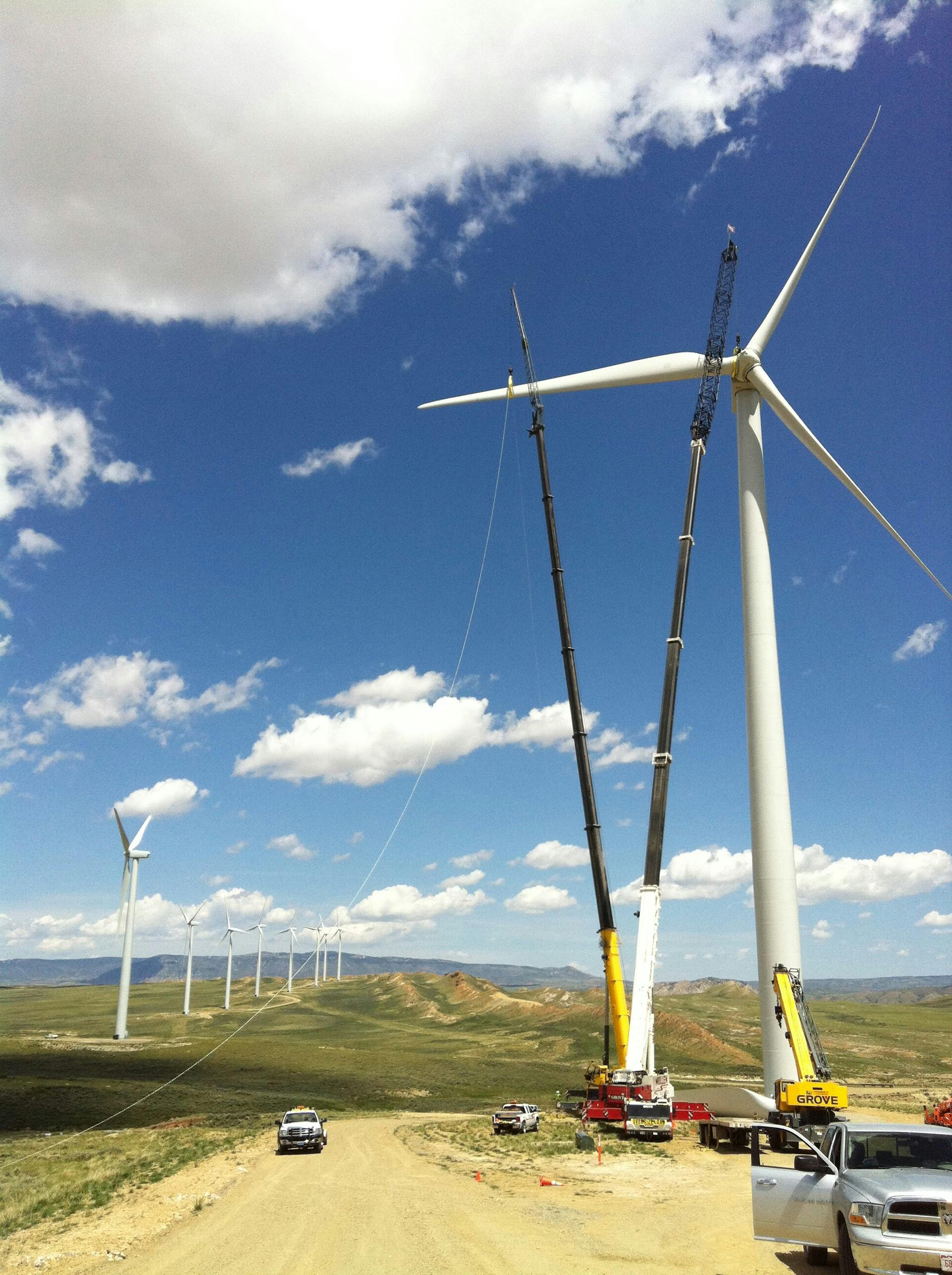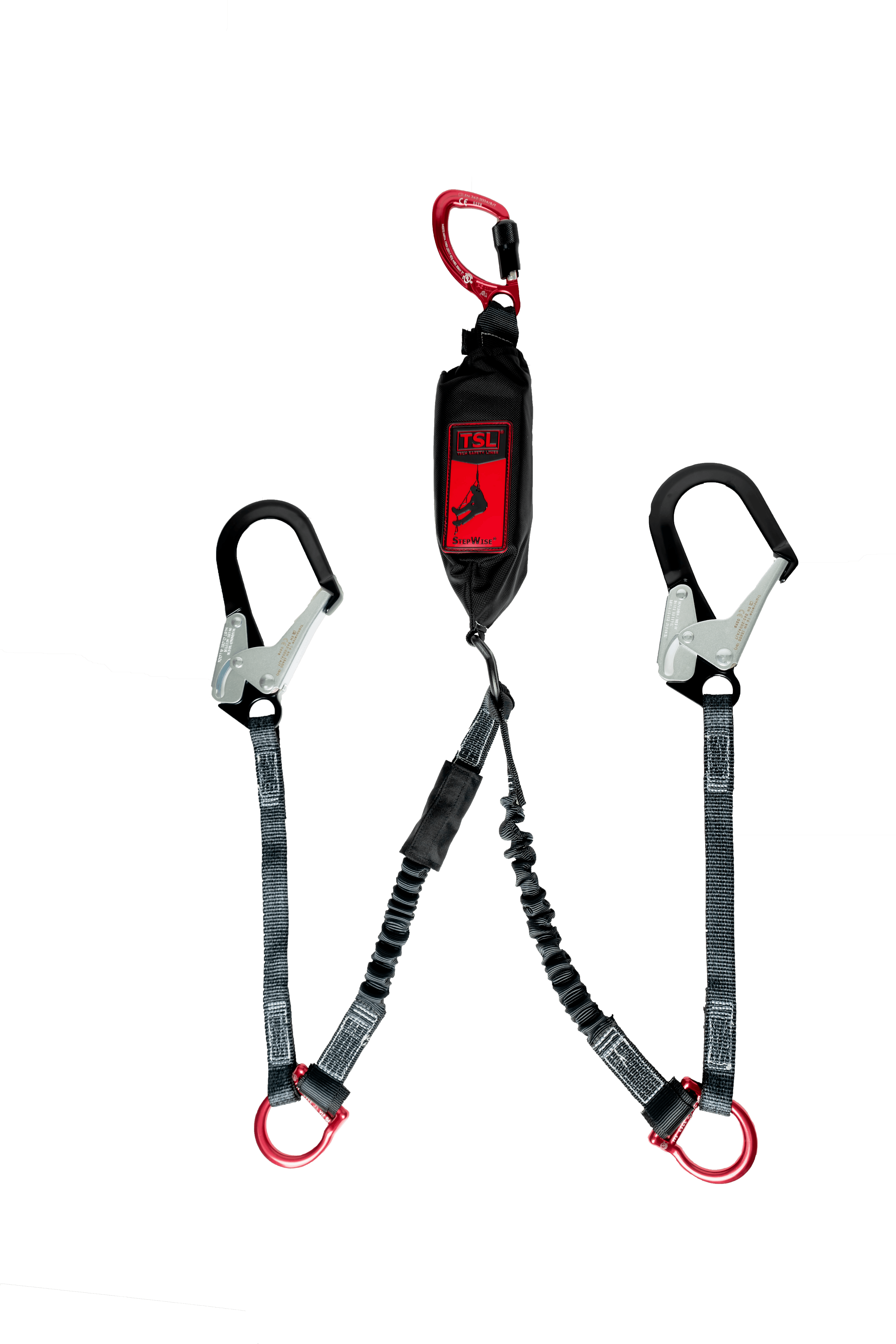GWO: Slinger Signaller
Tech Safety Lines is the proud recipient of the GWO Training Company of the Year award across North and South America.
The aim of this module is to enable the participant to support and care for themselves and others while working with slinger signalling in the wind industry by possessing the required knowledge, skills, and ability to conduct assigned tasks safely and efficiently.
Upon successful completion of GWO’s slinger signaller training course, the participant will be able to work within the wind industry conducting slinging techniques and signalling during simple lifting operations, meaning lifts conducted based on a lifting plan or covering known hazards.
Learn more about TSL's award winning GWO program here - TSL GWO Hub.
Course Duration: 2 Days
Price: $1,000 per student (volume discounts available)
Pre-Requisite: Be WINDA registered before arriving for the course
Upon completion of the GWO Slinger Signaller Standard (SLS), participants will be aware of the risks and hazards encountered when working with slinger signalling within the wind industry. Furthermore, they will be able to control and mitigate those risks and hazards.
The GWO Slinger Signaller Standard training will also equip participants with the knowledge, skills, and ability to appropriately respond in the event of a hazardous situation and to increase their safety through proper use of personal protective equipment, emergency equipment, procedures, and safe craftsmanship.
The participants of the slinger signaller module will have the ability to:
1) On their own, take responsibility to attach and detach the load to and from the crane lifting attachment (Ability, intermediate level)
2) Take responsibility to initiate and direct the safe movement of the crane, including multiple slinger signallers during limited or blind lifts in both familiar and unfamiliar situations (Ability, intermediate level)
3) Take responsibility for their role and responsibilities during the lift (Ability, intermediate level)
4) On their own, take responsibility for visual pre- and post-inspection on lifting accessories and load (Ability, intermediate level)
5) Take responsibility for handling lifting accessories (Ability, intermediate level)
6) Act independently when taking responsibility for ensuring safe lift-off and lay down of the load (Ability, intermediate level)
7) Take responsibility for slinging various types of loads, based on weight, center of gravity, shape, and size and to seek guidance when needed (Ability, intermediate level)
8) Take responsibility to carry out generic routine lifts in accordance with the lift plan independently and responsibly (Ability, intermediate level)
9) Take responsibility to comply with instructions/procedures set up by the employer to manage lifting and to seek guidance when needed (Ability, intermediate level)
10) Take responsibility to ensure that equipment is properly applied, maintained and that defects are reported (Ability, intermediate level)
Tour TSL's Award Winning Training Centers
Related
Courses

GWO: Basic Safety Training
Tech Safety Lines is the proud recipient of the GWO Training Company of the Year award across North and South America.

GWO: Advanced Rescue Training
Tech Safety Lines is the proud recipient of the GWO Training Company of the Year award across North and South America.

GWO Blade Repair Training
Tech Safety Lines is the proud recipient of the GWO Training Company of the Year award across North and South America.







